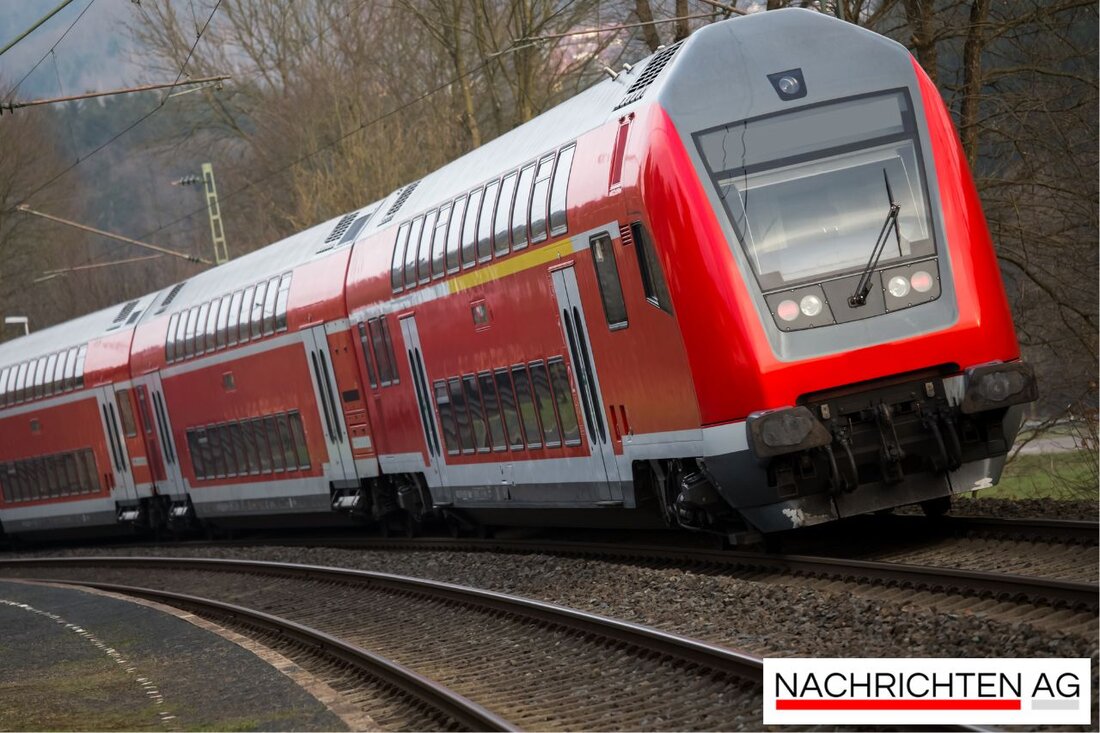Stralsund and Grevesmühlen: The best train stations in MV chosen!
Güstrow ranks at the bottom in the rating of train stations in MV, criticized for security and service.

Stralsund and Grevesmühlen: The best train stations in MV chosen!
In Mecklenburg-Western Pomerania, the Stralsund and Grevesmühlen train stations are ahead and impress travelers with high ratings. This finding comes from a survey by OSTSEE NEWSPAPER, where over 1200 participants gave their opinions. Stralsund particularly shines in the categories of location and security with high scores of 4.54 and 4.39. Grevesmühlen was able to achieve the best values in the overall rating with 4.38 and in service with 4.61.
What excites commuters in Rostock-Warnemünde? In addition to a picturesque location, this train station scores with excellent scores in the accessibility category (4.54 points). This is a positive sign in view of the real challenges: one in five train stations in Germany is not yet barrier-free, according to a study by Omio shows. But progress can be seen and Deutsche Bahn plans to make around 100 train stations barrier-free every year.
Cleanliness and service in focus
If you look at cleanliness, it turns out that Bad Doberan is at the top of the table here with 4.27 points. This leaves a positive impression on travelers and visitors. However, the rating for the Güstrow and Neustrelitz train stations is critical: Güstrow is recognized as a problem child due to security and service problems, which were rated 2.89 and 3.13 points.
Neustrelitz did not perform any better in the areas of accessibility and cleanliness, receiving only 2.0 points in these categories. Deutsche Bahn has already responded to this and is planning to renovate the underpass in Neustrelitz from 2027, which will hopefully soon benefit travelers.
Innovative concepts and challenges
The challenges of smaller train stations should not be underestimated. Pro Bahn particularly highlights the problems with cleanliness and service, which in many cases lead to a negative user experience. Grevesmühlen, on the other hand, presents itself with a successful concept. The renovated community station, which offers rooms for clubs and a café, is celebrated as an exemplary example of the use of station buildings.
Nevertheless, the situation is complex. Deutsche Bahn has sold many station buildings in recent years; Currently only 15 of 168 of these buildings belong to the group. Mecklenburg-Western Pomerania has a higher rate of station buildings sold compared to the national average, which presents additional challenges for future use. Since 2022, the railway has been working with cities and municipalities to find solutions for the continued use of the station buildings.
It remains to be said: The train stations in Mecklenburg-Western Pomerania offer positive approaches in terms of location and service, but the road to complete accessibility and cleanliness is still a long one. Nevertheless, the direction in which Deutsche Bahn is planning shows hope for improvement.
The numbers and ratings surrounding the train stations in the region are not only important for commuters and travelers, but also offer a varied perspective on the transport system in Mecklenburg-Western Pomerania. In an age in which mobility is valued more than ever, developments at train stations are of central importance.

 Suche
Suche
 Mein Konto
Mein Konto